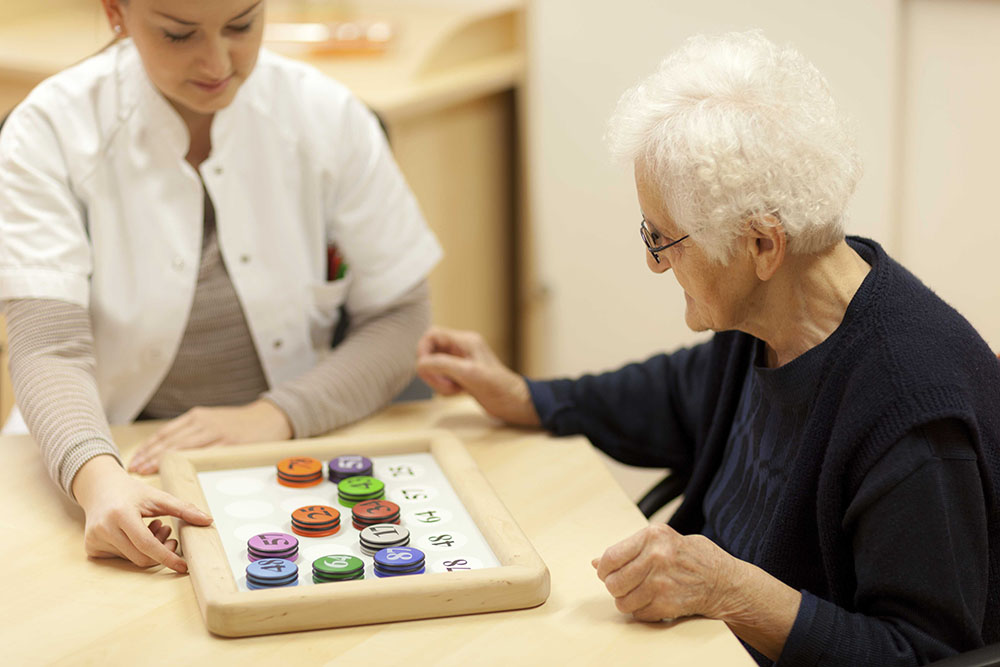Chapter 21. Psychology’s Subfields
Learning Objectives

Describe ten of the major subfields of psychology.
Review
Review
Select the NEXT button to continue with the Review.

1. Psychology's subfields represent different ways of applying psychological principles to important human activities and problems.
Review
Review
Select the NEXT button to continue with the Review.

2. Two of psychology’s subfields, clinical psychology and counseling psychology, focus on helping people with psychological problems. The same is true of psychiatry, which is actually a subfield of medicine rather than of psychology.
Review
Review
Select the NEXT button to continue with the Review.

3. As you can see in this chart, slightly over half of all psychologists work in the clinical, counseling, and community subfields.
Review
Review
Select the NEXT button to continue with the Review.

4. Other psychologists work in subfields—such as industrial/organizational psychology or educational psychology—that focus on applied research for solving practical problems.
Review
Review
Select the NEXT button to continue with the Review.

5. The remaining subfields of psychology generally emphasize basic research to improve our understanding of human behavior.
Practice: Major Subfields
Practice: Major Subfields
Roll over each subfield to see a brief description of typical tasks for professionals in that area.
Social Psychologists
Biological Psychologists
Industrial/Organizational Psychologists
Personality Psychologists
Cognitive Psychologists
Clinical Psychologists
Community Psychologists
Developmental Psychologists
Counseling Psychologists
Educational Psychologists
explore how people influence and are influenced by others
explore the links between brain and mind
study and advise on behavior in the workplace
investigate persistent traits and characteristics
experiment with how people perceive, think, and solve problems
assess and treat mental, emotional, and behavior disorders
help create social and physical environments that are healthy for individuals and groups
study a person’s changing abilities from womb to tomb
help people cope with challenges by recognizing their strengths and resources
study learning and teaching, along with children’s behavior in a school setting
Quiz 1
Quiz 1
Drag each of these subfields to the gray area in front of of the appropriate description. When all the subfields have been placed, select the CHECK ANSWER button.
explore how people influence and are influenced by others
explore the links between brain and mind
study and advise on behavior in the workplace
experiment with how people perceive, think, and solve problems
study a person’s changing abilities from womb to tomb
Quiz 2
Quiz 2
Match the subfields to the descriptions by dragging each colored circle to the appropriate gray circle. When all the circles have been placed, select the CHECK ANSWER button.
Conclusion

You have completed the activity Psychology’s Subfields.